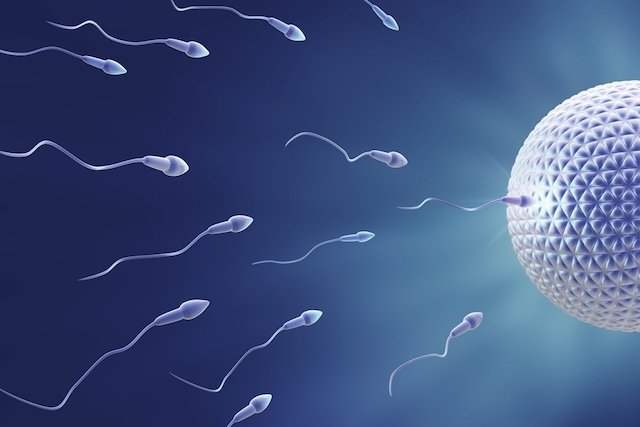The best way to know if fertilization and implantation has occurred is to wait for the first symptoms of pregnancy that appear a few weeks after the sperm enters the egg. However, implantation can generate very subtle symptoms such as a slight pinkish discharge and some abdominal discomfort, similar to menstrual cramps, which may be the first symptoms of pregnancy.
Fertilization corresponds to the moment in which the egg is fertilized by sperm, which happens during the woman’s fertile period. Implantation is the process following fertilization, in which the fertilized egg goes to the uterus to be implanted in the uterine wall, starting the pregnancy. See more about nesting.
Take the following test to find out if you are pregnant:
How to know if fertilization occurred
After fertilization, some women may experience some symptoms that are indicative of fertilization, such as mild abdominal cramping between the 6th and 7th day after the fertile period and swollen and painful breasts, for example. However, if there is no sperm, fertilization does not occur, resulting in menstruation. Find out more about fertilization and how to identify it.
For fertilization to occur, the woman must be in her fertile period, as an egg must be released from one of the ovaries, which normally happens 14 days before the first day of the menstrual period. The released egg travels through the uterine tubes, where it remains viable for up to 24 hours. In addition to the need for a viable egg, there must also be viable sperm, which are capable of surviving in the fallopian tubes for up to 72 hours.
The released egg emits chemical signals capable of attracting sperm, which crosses the outer layer of the egg and makes it waterproof, preventing other sperm from reaching the egg. After penetration, the plasma membranes of the egg and sperm fuse, resulting in decondensation and dispersion of the chromatin, giving rise to the zygote.
How to know if there has been implantation
After fertilization, the fertilized egg goes to the uterus so that it is implanted in the uterine wall and can begin embryonic development, characterizing pregnancy.
When this happens, some women may present some signs and symptoms indicative of implantation, which usually appear between 5 and 7 days after fertilization, such as weak cramping and small bleeding that is pink or the color of coffee grounds, for example. See more about implantation bleeding.
Bibliography
- MAIA, George D. Human Embryology. São Paulo: Atheneu, 2008. 44; 48; 54.

Sign up for our newsletter and stay up to date with exclusive news
that can transform your routine!
Warning: Undefined array key "title" in /home/storelat/public_html/wp-content/plugins/link-whisper-premium/templates/frontend/related-posts.php on line 12
Warning: Undefined array key "title_tag" in /home/storelat/public_html/wp-content/plugins/link-whisper-premium/templates/frontend/related-posts.php on line 13




